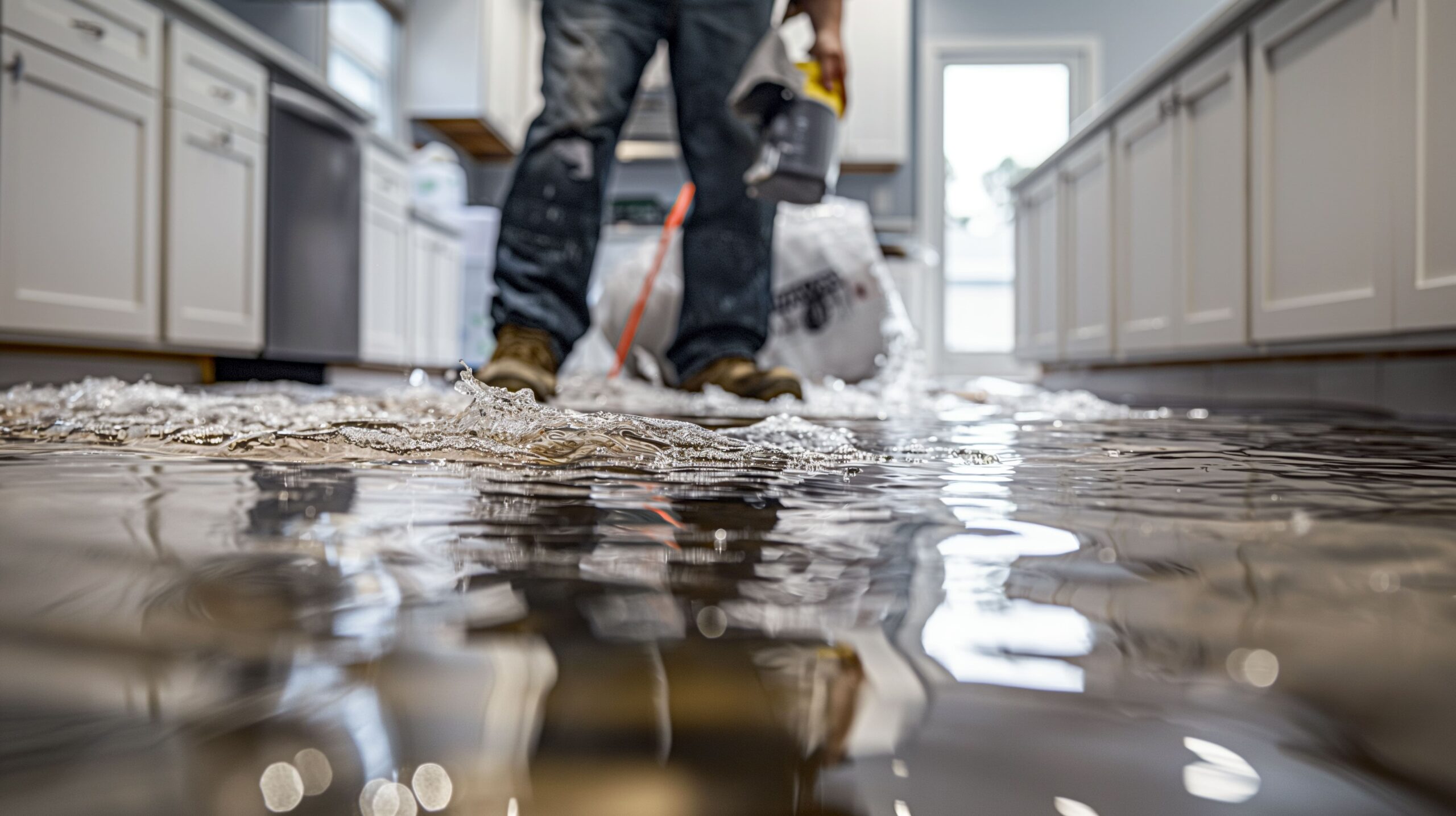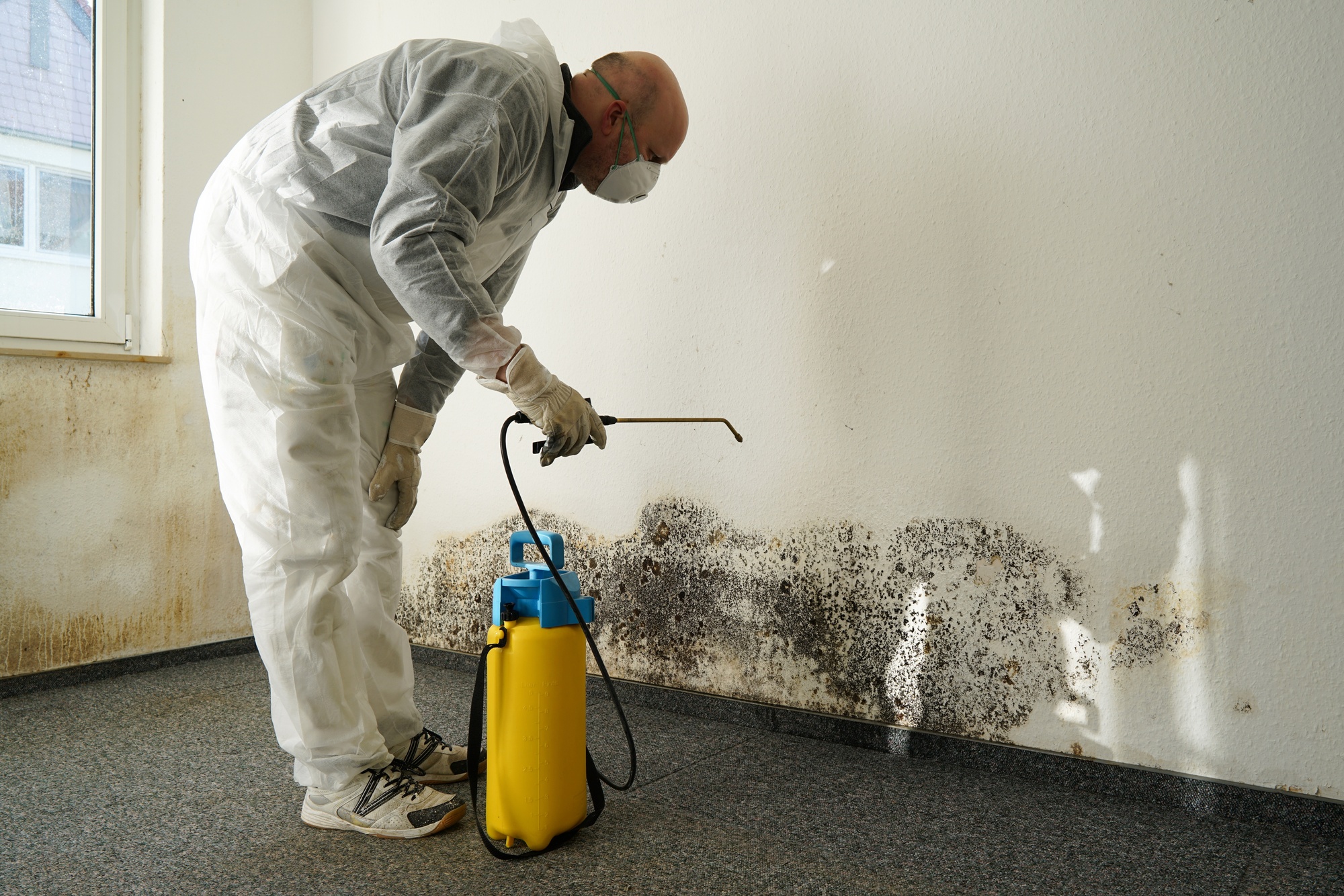How to prepare for Water Damage Restoration at home
Wiki Article
Water Damage Restoration 101: Recognizing the Process and Price
Water damage can strike all of a sudden, leaving property owners in a state of confusion. Recognizing the reconstruction procedure is crucial for reliable recovery. From evaluating the damage to picking the ideal solution copyright, each action impacts the overall outcome and expense. Elements such as the sort of water damage and seriousness additionally play a significant role. What are the certain strategies used in reconstruction, and exactly how can one get ready for potential costs?Sorts Of Water Damage

Initial Analysis and Inspection

Water Removal Strategies
Adhering to the first assessment, efficient water removal techniques are used to alleviate damage and protect against more issues. These methods include making use of specific equipment such as industrial-grade vacuums and submersible pumps - Water Damage Restoration. The choice of technique depends upon the volume of water present and the sort of products influenced. For standing water, completely submersible pumps are typically used for quick elimination, while vacuum cleaners are ideal for drawing out water from carpets and furniture. Additionally, advanced techniques like water extraction mats may be used for hard-to-reach locations - Water Damage Restoration. The objective is to eliminate as much water as feasible, lessening the capacity for mold growth and architectural damage. Motivate and effective water removal is vital in the general water damage remediation processDrying Out and Dehumidification Process
Once the water removal is total, the drying and dehumidification process comes to be essential to restoring the afflicted location. This phase generally uses industrial-grade dehumidifiers and air movers to effectively reduce moisture degrees. The dehumidifiers pull in wet air, removing excess moisture, while air movers distribute air to increase dissipation. Tracking equipment is usually utilized to track moisture and temperature levels, making sure excellent drying out conditions. The period of this process can vary depending upon the level of the water damage and environmental variables. It is important to completely completely dry all affected products, including walls, floor covering, and furnishings, to stop mold development and architectural damage. Correct execution of this action is essential for a successful remediation end result.Cleaning Up and Sterilizing Affected Locations
When the drying process is full, an extensive initial evaluation and examination of influenced locations is crucial to identify contamination levels. Reliable cleaning methods and suitable items should after that be employed to get rid of particles and discolorations. Finally, sanitization and sanitation methods are crucial to assure that dangerous pathogens are gotten rid of, bring back the area to a safe problemInitial Analysis and Inspection
Before beginning any kind of reconstruction initiatives, a comprehensive preliminary analysis and examination of the impacted areas are important for efficient cleaning and disinfecting. This procedure involves determining the level of water damage, establishing the source of the water intrusion, and reviewing the materials affected. Examiners usually search for signs of mold development, architectural integrity issues, and damaged valuables. The analysis additionally consists of examining wetness degrees using specific tools to assure no surprise water pockets remain, as these can cause additional issues. Documenting the searchings for is vital for planning the following actions in the reconstruction procedure. A comprehensive preliminary analysis enables repair experts to devise a targeted technique for effective cleaning and sterilizing, eventually minimizing damage and health and wellness threats.Cleaning Up Techniques and Products
Reliable cleansing and sanitizing of water-damaged areas call for a variety of products and strategies tailored to the specific products affected. For permeable surfaces like drywall and carpets, removal methods are necessary to get rid of excess moisture, adhered to by deep cleaning with specialized cleaning agents. Non-porous materials such as ceramic tile or steel can be cleaned up making use of commercial-grade cleansers that successfully eliminate pollutants. Vapor cleaning is another reliable technique, especially for rugs and furniture, as it makes use of heats to get rid of germs and mold (Water Damage Restoration). Furthermore, eco-friendly products are progressively popular for their safety and efficiency - Water Extraction And Drying. Ultimately, selecting the proper cleansing approaches and products not just assures prompt tidiness however likewise aids in stopping more damage and carcinogen connected with water breachSanitization and Disinfection Approaches
When addressing water damage, proper sanitization and sanitation methods are vital to ensure the safety and security and health of the affected atmosphere. After first cleaning, surfaces must be treated with ideal disinfectants to eliminate pathogens, mold, and microorganisms that thrive in damp conditions. Common approaches consist of using EPA-approved chemical anti-bacterials, which can be applied through splashing or wiping strategies. More about the author Furthermore, ultraviolet (UV) light systems can properly sanitize areas by neutralizing microorganisms without harsh chemicals. The selection of method commonly depends on the sort of materials influenced and the degree of contamination. Inevitably, comprehensive sanitization not just recovers a risk-free space however additionally helps stop future health dangers connected with lingering moisture and mold growth.
Repair Work and Restoration Options
Reviewing the damage brought on by water exposure is important for establishing the suitable repair services and restoration alternatives. Home owners might deal with numerous issues, including harmed drywall, deformed flooring, and endangered structural elements. Relying on the degree of the damage, repair work may involve replacing sections of drywall, installing brand-new floor covering, or strengthening architectural beam of lights. In cases of serious damage, complete substitute of afflicted products could be necessary. Furthermore, professional conservators commonly advise using dampness meters to analyze surprise moisture degrees prior to picking the most effective strategy. It is very important to act promptly to prevent mold and mildew growth and more degeneration. Picking the right options not only recovers the property however additionally ensures long-lasting safety and security and functionality.Aspects Influencing Restoration Costs

The extent of water damage directly influences the restoration costs house owners can anticipate to incur. Elements such as the resource of the water, the period of exposure, and the afflicted products considerably affect prices. Clean water damage from a damaged pipe is typically less costly to restore contrasted to damage caused by sewer. Additionally, the level of contamination dictates the requirement for specialized cleansing and disposal solutions, further enhancing expenses. Geographic place additionally contributes, as local labor rates and availability of reconstruction solutions can differ. The seriousness of the response affects prices; quicker treatments typically lead to lower general expenses by stopping additional damage. Comprehending these variables is essential for home owners when estimating remediation expenses.
The three main kinds of water damage are categorized based on contamination levels: clean water, gray water, and black water. A comprehensive initial evaluation and examination are vital steps in the water damage reconstruction process. For standing water, submersible pumps are typically utilized for fast elimination, while vacuum cleaners are ideal for drawing out water from rugs and furniture. The degree of water damage directly affects the restoration sets you back property owners can expect to sustain. Clean water damage from a busted pipe is normally much less expensive to recover compared to damage triggered by sewage.
Report this wiki page